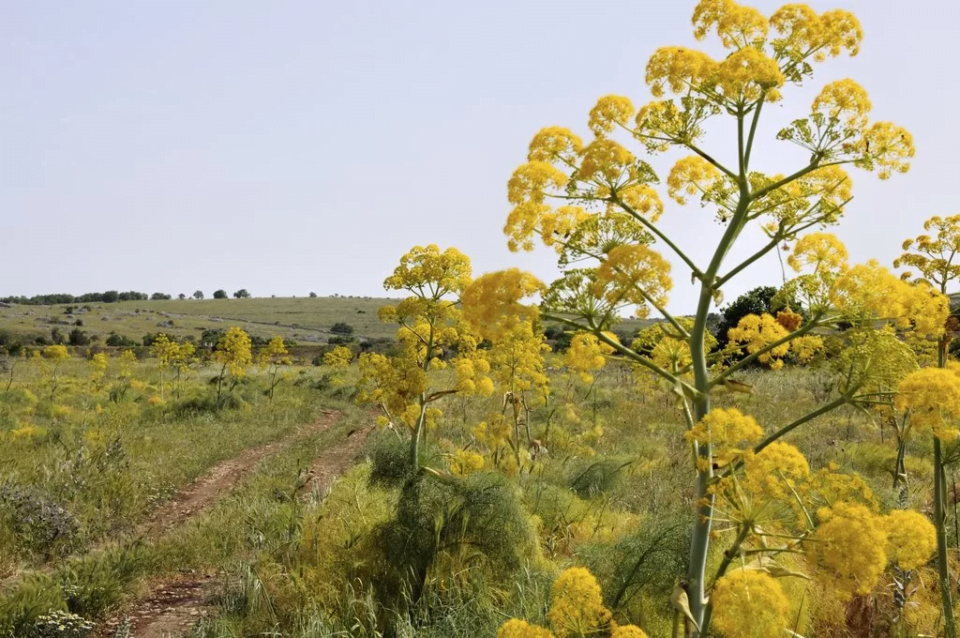In recent years, Uzbekistan has been actively developing the production of raw materials from a medicinal plant – ferula, the plantation areas of which are intensively expanding, and processing and export of finished products are being organized, EastFruit experts note.
In 2023, it is planned to plant ferula on a total area of 3 294 ha instead of mulberry plantations in the Tashkent region of Uzbekistan, the press service of the regional administration reports.
Considering that currently, the total area of ferula plantations in this region of Uzbekistan is about 500 ha, this means an increase of 6.6 times.
At the beginning of May 2022, EastFruit wrote about Uzbekistan’s plans to increase the production and exports of ferula in the next 5 years. In 2022-2026, Uzbekistan planned to create ferula plantations with a total area of 30 000 ha through cultivation, set up cooperation between processing enterprises and households, stimulate the processing of raw materials obtained from ferula and the exports of finished products, as well as attract investment.
Ferula (lat. Férula assa-fóetida) is a perennial herb in the Apiaceae family. From the milky juice of the roots of the plant, a spice, asafoetida, is obtained. This spice is used in meat dishes in Iranian, Afghan, and Kurdish cuisines, and in India, it is added to rice and vegetable dishes. When asafoetida is combined with other spices, unpleasant flavors are softened.
Ferula is widely used in medicine. The seeds and fruits of this plant are allowed for use in medicine in many countries to improve digestion, for respiratory infections, and for other purposes.
The use of the site materials is free if there is a direct and open for search engines hyperlink to a specific publication of the East-Fruit.com website.




